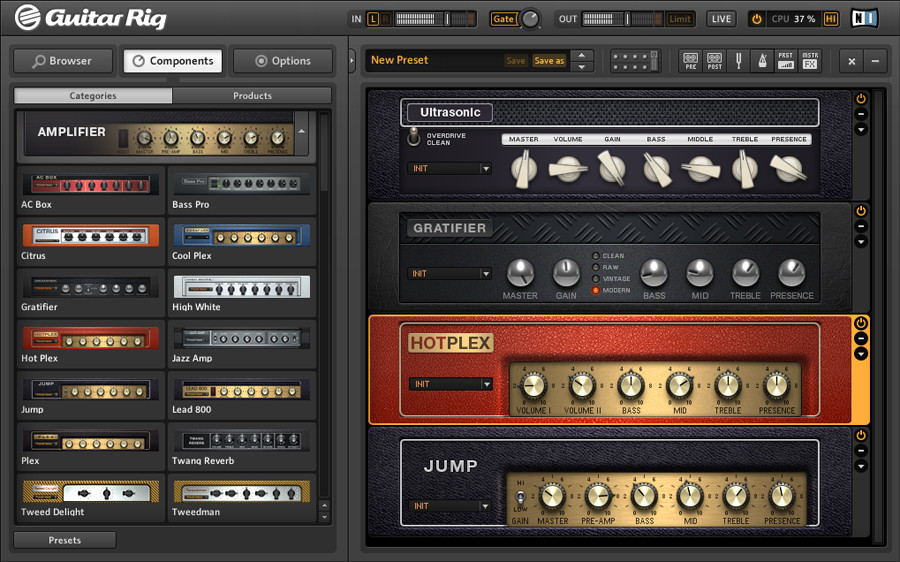
If you have used Guitar Rig 5, the first thing you’ll notice when you load version 6 is the updated interface: Standalone version and 64-bit VST, AU, AAX plugins.68 effects models, tools, and modifiers.Drag and drop interface with a vertically stacked rig.Guitar Rig 6 shines when you see how good the interface and routing options are to use.īefore I walk through how to use Guitar Rig 6, here is a snapshot of some of Guitar Rig 6’s main features: The best way to understand what Guitar Rig 6 is all about is to walk through how to use it. We have only presented here the most effective and simple one.5.5 Related Guides and Lessons: Guitar Rig 6 Features Please note there are several different ways to insert instrument and effect plug-ins in Cubase. To show or hide the effect plug-in's GUI, click on its name in the Audio Inserts rack once. Guitar Rig 5 now shows up under the Instrument Name as Audio Insert effect.Click on an empty Audio Insert slot and select the effect plug-in you wish to load from the drop-down menu.Note: If you cannot see the Audio Inserts under the Instrument Name, click the Instrument Name once. In the Inspector, under the Instrument Name box (in this example, Massive), click Audio Inserts to open the Audio Inserts rack.To show or hide the instrument plug-in's GUI, click on the Edit VST Instrument button in the Inspector.In order to play the plug-in via your MIDI keyboard, make sure the Record Enable button is active. MASSIVE is now loaded in an Instrument Track automatically named Massive 01 where you can record or draw MIDI events that will control MASSIVE.Click Add Track to create a new Instrument Track for MASSIVE.In the Add Instrument Track window, open the Instrument drop-down menu and select the NI plug-in you wish to use.

Right-click on the Track list in Cubase and choose Add Instrument Track.Note: To insert multitimbral instruments such as KONTAKT or MASCHINE, please read this article. Note: some NI products can be inserted both as instrument or effect plug-in (e.g. GUITAR RIG 5, SUPERCHARGER, etc.) as Audio Inserts. MASSIVE, KONTAKT, etc.) in an Instrument Track. This article explains how to insert Native Instruments plug-ins in Cubase, including:


 0 kommentar(er)
0 kommentar(er)
